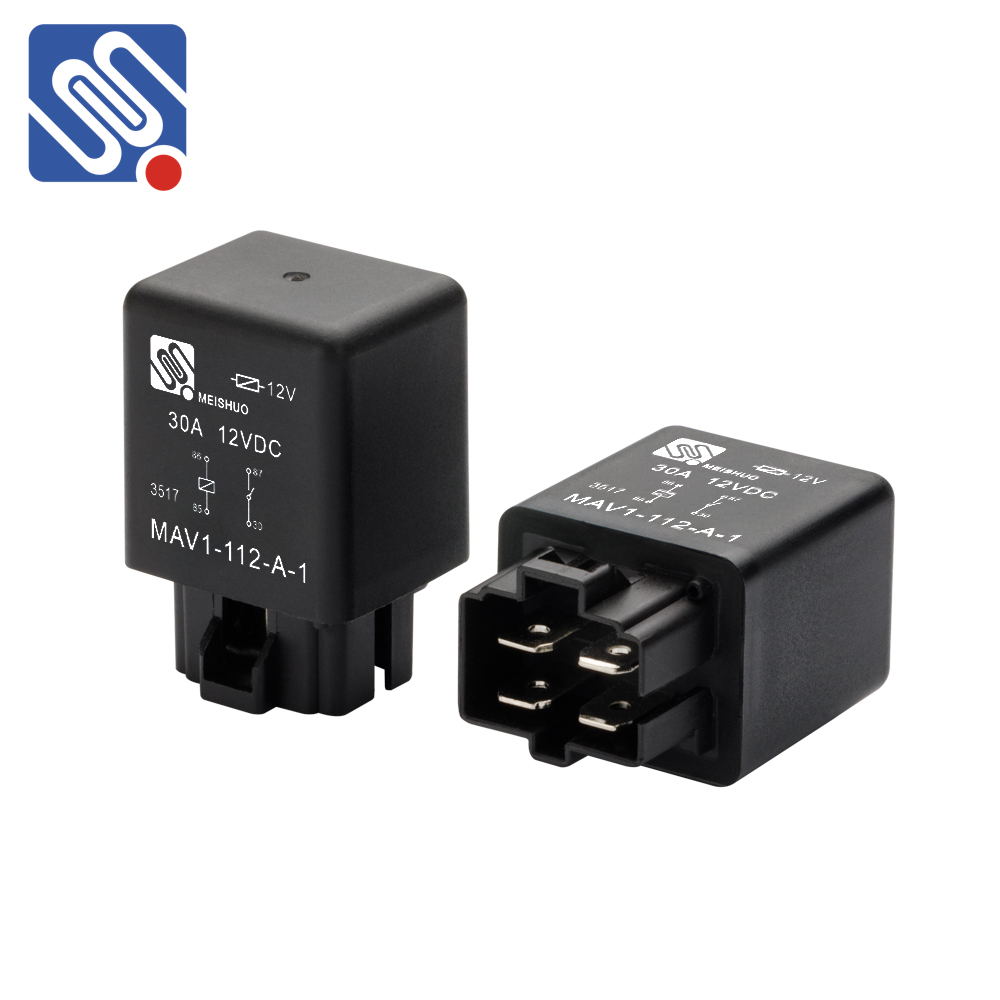Relays are essential components in electrical and electronic systems, enabling control of large current circuits with a low-voltage signal. When selecting a relay for an application, it’s crucial to evaluate its specifications to ensure it can handle the specific requirements of the system. The following is a detailed comparison of key relay specifications that should be considered when choosing the right relay for your project.

1. Voltage Rating The voltage rating of a relay is one of the most important specifications. It determines the maximum voltage the relay’s contacts can safely handle. Relays typically have two voltage ratings: the coil voltage and the contact voltage. The coil voltage refers to the voltage required to energize the relay and switch its contacts. The contact voltage is the voltage the relay contacts are rated to switch and handle when closed. For a successful relay selection, it’s important to match the voltage ratings with the operating system’s requirements. Using a relay with a coil voltage that is too high or too low can result in improper operation or potential damage. Additionally, the contact voltage should match the voltage levels of the controlled circuit.